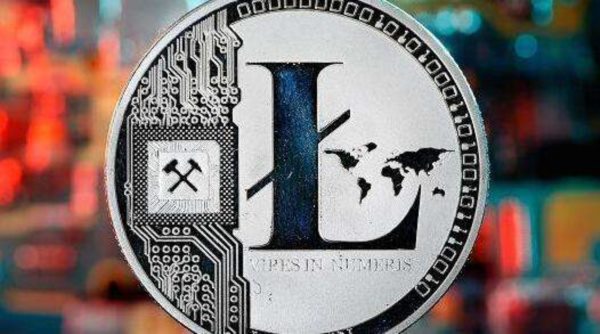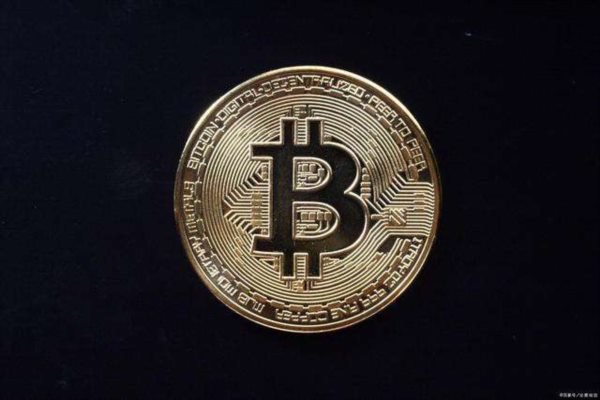时间:2024-03-11|浏览:231

用戶喜愛的交易所

已有账号登陆后会弹出下载
This week, the U.S. Treasury market is heading for Super Tuesday, when investors will use the latest inflation data to predict when the Federal Reserve will start cutting interest rates. The non-farm payrolls report released last Friday was mixed, with investors viewing the upcoming February Consumer Price Index (CPI) as the key to deciding whether to increase their long bets on U.S. Treasury bonds.
Swaps traders now view a rate cut starting in June as almost a certainty, with nearly four 25 basis point cuts expected over the next year. This CPI data will provide an important basis for whether inflation has dropped steadily enough for the Federal Reserve to cut interest rates as soon as possible.
Confidence that the Federal Reserve will soon bring inflation back to target has fueled recent gains in the U.S. bond market. But if CPI data released this week is stronger than expected, it could derail that rally. That was the case last month, when CPI triggered a market sell-off. The impact of CPI may be greater this time because it is the last important economic data before the Federal Reserve’s March 20 meeting. Fed officials have also entered a pre-meeting silent period and will not provide verbal guidance before the meeting.
Because of this, the Fed's next policy move will depend largely on Tuesday's CPI data. "This (Fed monetary policy) will depend on the monthly inflation data," said Charlie Ripley, senior investment strategist at Allianz Investment Management.
February's sell-off pushed U.S. Treasury yields to year highs, driven in part by a blistering January CPI report that showed unexpectedly strong prices in core services, an area of focus for the Fed. Traders have only since ramped up bets on rate cuts again as economic data reinforced the view that the Federal Reserve could begin cutting interest rates later this year.
Current swaps imply that U.S. federal interest rates will be cut by about 98 basis points by the end of 2024, compared with less than 75 basis points last month. Since hitting a high of 4.47% in late February, the yield on the two-year Treasury note, which is sensitive to Fed policy, has fallen back about 25 basis points. The 10-year U.S. Treasury yield also fell from last month's peak.
Speaking before the Senate Banking Committee last Thursday, Federal Reserve Chairman Jerome Powell said the Fed needs to be more confident that inflation will continue to fall to 2% (before it cuts interest rates). "It's time to start easing restrictions when we gain that confidence, which we are not far away from," he said.
Allianz's Ripley said that as we enter 2024, the company expects the 10-year U.S. Treasury yield to fluctuate around 3.75%-4.25% in the short term. When yields topped that peak earlier this year, his firm found the Treasuries "pretty attractive."
With the Federal Reserve in its usual quiet period ahead of its upcoming policy meeting on March 19-20, economic data will play a key role in shaping traders' expectations. At the same time, new supply may also affect investor sentiment. The U.S. Treasury Department will sell a total of $61 billion in 10- and 30-year bonds at auction on Tuesday and Wednesday.
Kevin Flanagan, head of fixed income strategy at Wisdom Tree Investments, said CPI will be more important to U.S. bond investors than the ultimate impact on Fed policy. That's because the Fed favors the Personal Consumption Expenditures price index (PCE), but the market will react to CPI because it's released first.
He explained that while the Fed currently sees core PCE at 2.8%, it may want to lower it to 2.5%. "Calendar-wise, that means waiting for a few more reports, probably until June," he said. "But the bond market is not waiting for core PCE, it will react to CPI, which will determine (U.S. Treasury bonds (rising) and whether the market will continue. "
Bloomberg Economics predicts that overall U.S. inflation and core inflation will reach 3.1% and 3.7% respectively this year. They expect CPI to rise 0.4% in February from the previous month, up from January's 0.3% gain, while core inflation is likely to slow.
Beyond CPI, traders are also awaiting the Fed's next update to its quarterly interest rate forecast, known as the dot plot, which will be released at the end of its March meeting. In December, Fed officials predicted three 25-basis-point interest rate cuts this year. Ven Ram, cross-asset strategist at Bloomberg, said:
"The Fed expects to ease policy on the basis that its benchmark interest rate does not need to be too strict, rather than to accommodate a weak economy, so this week's inflation data will be more important than February's employment data."
George Goncalves, head of U.S. macro strategy at Mitsubishi UFJ Financial Group, said:
“The CPI index would have to surge to extremely high levels to stop people from thinking ‘2024 is not actually getting off to a strong start as some feared, and January’s strong CPI performance is not representative of reality’. This is a bond market eager to run. .”
U.S. stock traders are frightened
Many traders still clearly remember the scene when January CPI data was released on February 13. Data at the time showed U.S. core CPI had posted its largest rise in eight months, which caused the S&P 500 to fall 1.4%, its worst CPI day since September 2022, according to data compiled by Bloomberg. The reaction in U.S. stocks suggests markets are once again becoming more sensitive to inflation reports. As inflation slowed last year, the stock market's reaction to CPI was relatively weak.
1月CPI曾令美股大跌
Investors are worried that this will happen again when the latest data is released on Tuesday. Despite last week's sideways trading, the S&P 500 remains strong, rising in 16 of the past 19 weeks, helped by an improving earnings outlook and a resilient U.S. economy. Not since 1964 has the index performed so well. But if CPI data continues to show that inflation remains stubborn, U.S. stock gains could be wiped out.
"Economic data is starting to raise more questions than provide answers about how long it will take for the Fed to gain more confidence that inflation is improving," Thomas Martin, senior portfolio manager at Global Investments, said on the call. So far this year, stocks have Strong performances, but are they going too far too fast? It's possible."
To understand the significance of this data, consider last week's trading. The S&P 500 rose 1% on Thursday after Powell said on the Senate floor that the Fed was "not far away" from a rate cut. On the same day, European Central Bank President Christine Lagarde said that the European Central Bank may start cutting interest rates in June. This statement pushed the Stokes Europe 600 Index up 1.3%.
The S&P 500 has fallen on only four CPI reporting days in the past 12 months, but volatility is increasing on these trading days this year. Over the past six months, the S&P 500 has risen or fallen about 0.8% on the day CPI is released, according to data compiled by Bloomberg. This is the largest increase or decrease since April last year and is higher than the 0.5% increase in September.
CPI数据公布后,标普500指数六个月滚动平均波幅
"Until more inflation data improves, we may see more volatility," Martin said.
Yung-Yu Ma, chief investment officer at BMO Wealth Management, said: "It's impressive that U.S. stocks can still perk up after last month's higher-than-expected inflation data. But if several months in a row Unfavorable data will test stocks and raise further questions about whether this year's gains will soon begin to correct."
Article forwarded from: Golden Ten Data









